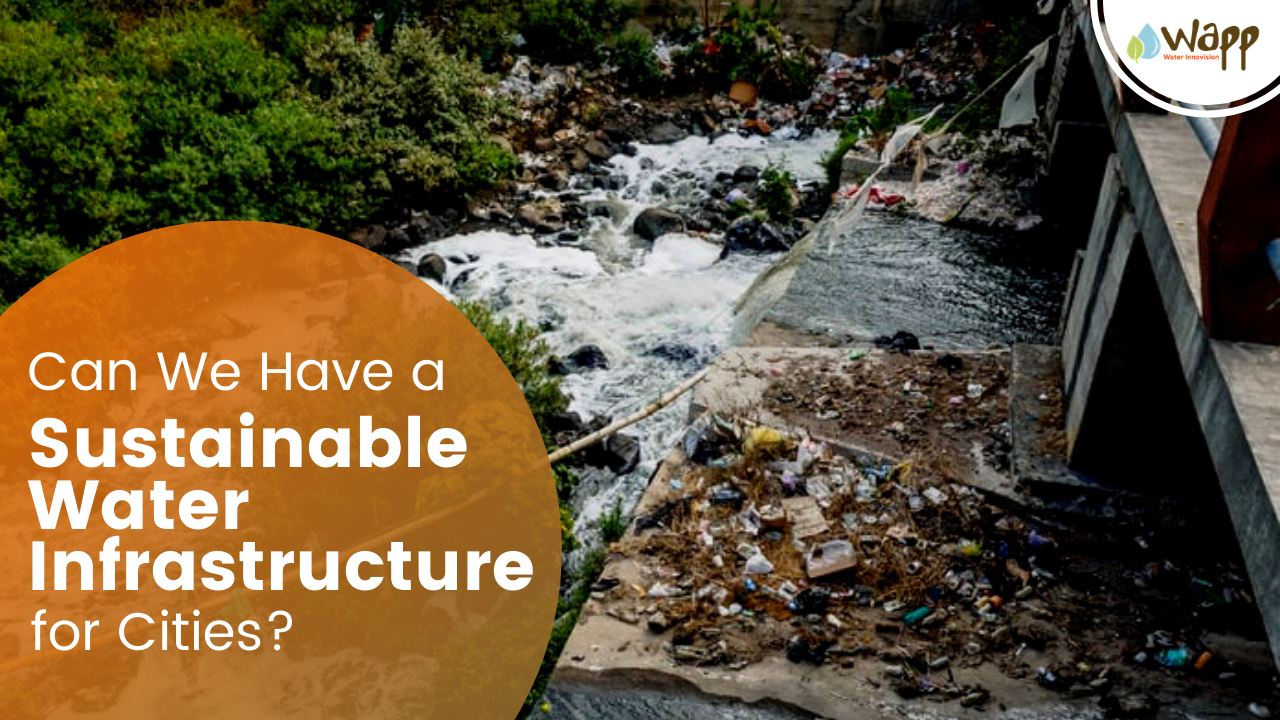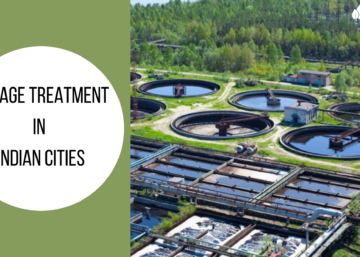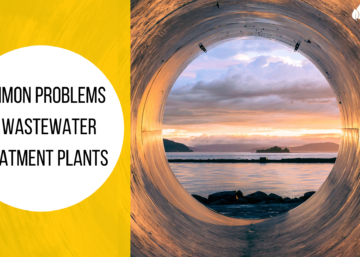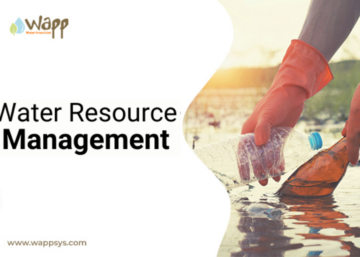For the first time in history, half of the world’s population is living in cities. India too is following suite and is poised to have 50% of its population living in urban areas by 2050.
We can already feel the impact of this rapid population transition, in the form of tremendous stress on our environment.
Water will be one of the key resources for sustainable urban development, provision of sufficient water and preventing pollution, however, are formidable tasks.
The situation of Chennai is a case in point. Chennai has been a water-deficient city. The household water supply in the city was 55 litres per capita per day (lpcpd), much less than the Ministry of Urban Development Benchmark of 135 lpcpd, according to the 2011 census.
On the other hand, we also have the example of Udaipur, which receives scanty rainfall but has shown an excellent work of water conservation and management.
Considering the state of Indian cities, the absence of a 24/7 water supply is a major indicator of its framework, that needs a major overhaul. As per the Ministry of Urban Development, approximately 182 cities in India require urgent attention towards the depleting state of water management including wastewater management issues.
This blog highlights certain best practices to influence the sustainable development of water resource management in cities.
1. Implementation of WasteWater Recycling:
India possesses 4% of the World’s freshwater resources but is home to 16-17% of the global population. To add to this limitation, nearly 60 to 70 per cent of India’s untreated wastewater goes directly into rivers and lakes.
Municipalities across India, hence, are perpetually under stress to provide potable and non-potable water to residential, commercial, and industrial segments due to water resource contamination and enough water not being available.
One of the ways in which the issue can be addressed is by Recycling of wastewater. In Frankfurt, for instance, one drop of water is recycled eight times before it reaches the sea.
The biggest challenge that India faces is the cost of setting up of wastewater treatment plants and restructuring of sewerage systems. The unavailability of land also acts as a common hindrance in the building of centralised wastewater plants in India, especially in urban areas.
However, several private corporations are taking increased interest in the sector of sanitation and wastewater recycling, after the introduction of Swachh Bharat Abhiyan. Rising investments in this sector by private corporations could strengthen the entire ecosystem as well as address the wastewater recycling challenges in India. However, water pricing remains an issue and make the projects unviable for private investors.
2. Application of Rainwater Harvesting: Rainwater harvesting has been applied in India for more than 4000 years. It’s a convenient process of obtaining rainwater and further storing it. Popular uses of rainwater have been observed in drinking, irrigation, and other livestock activities. Considering its efficacy in the urban area, the preservation of stormwater to manage the consumption of the groundwater would offer self-sufficiency in water management in Indian cities. Rainwater harvesting can be developed at the city level to meet the freshwater demand. In the initial modern world, people were skeptical about installing modern rainwater harvesting systems. Factors such as treatment and storing halted the use, however with the advent of the latest technologies, the system has received positive responses. The water infrastructure in some Indian cities has adopted this system, which has proven to be beneficial during summers. Though the system is apt for individuals and families, the improvised and managed rainwater harvesting structure at the city level would offer efficient utility for urban communities as well.
3. Separation of Grey & BlackWater: Wastewater is divided into two categories i.e.
- Greywater and
- Blackwater.
In simple terms, Blackwater is any waste from toilets or urinals and is full of human pathogens. Greywater is wastewater that has been used for washing, laundry, bathing, or showers.
By separating these two types of water, the threat of contamination due to the spread of pathogens reduces exponentially.
However, in Indian urban settings, these two types of waters are sent to the sewerage together despite having a limited potential and capacity to treat the waste. Out of 67 billion litres of sewage produced daily, only 37% could be treated in India. (Focused on Newly developed cities).
It is important to note that both these types of water will have different levels of utility or usage post-treatment.
With proper treatment, greywater can be put to good use. Greywater can be treated to potable /Drinking Water standards.
Blackwater, on the other hand, requires biological treatment and disinfection before reuse. It can be used only outdoors, and often only for subsurface irrigation.
Hence there is a dire need to separate Blackwater from Greywater and then start a relevant treatment process for each. This can ensure 100% use of Wastewater. We should at least fix the policy separating Greywater and Blackwater for the new development.
4. STP Capacity Augmentation: STP Capacity Augmentation can be done at Decentralized and Centralized level. Augmentation in Decentralized treatment Capacity will lead to more opportunities for recycling and reuse. Whereas centralized treatment helps to manage the leftover sewage and ensure pollution control. One of the crucial aspects of water infrastructure is the Sewage Treatment Plants. The sewage Treatment Plants are responsible for handling the removal of pathogens and contaminants from the wastewater. These plants are mainly responsible for household sewage treatment. The By-product of the sewage is called the slurry or the semi-solid waste known as the sewage sludge which is further treated for use in land or final disposal. Augmentation of STPs would further enhance the water infrastructure design, maintenance, and operations by optimizing the treatment of waste. It will also prevent environmental problems when the by-product is disposed of for land use or in water bodies.
5. Data Driven Operations: Various technologies have proved to be beneficial for ameliorating the operations and functions of the water infrastructure. For instance, IoT offers the convenience to direct water flow on the right path and help in demand-side management of water as well as further get the work done in the required time. The smart city projects are adopting various water management systems equipped with data-driven technologies. The sensor technologies have improved water monitoring activities. The use of IoT features would enable water usage and would direct real-time data insights on mobile phones. Implementation of such technologies would also help in effectively managing issues such as abnormal usage, leakages, and open taps. Data-driven technology is efficient in micro as well as macro aspects of integrated water management.
As a conjecture, cities can certainly adopt sustainable water infrastructure, however, they need to bring some changes in their existing systems. A perfect blend of ancient practices and modern water management technologies could help to fix the ongoing crisis. The decisions and actions must be taken immediately to avoid any major conflicts in the future. If we are able to reuse up to 70% of the wastewater, we will be able to meet our water requirements in cities in a sustainable way.
Key Sources: ndtv.com, downtoearth.org.in, moneycontrol.com, teriin.org, firstpot, unu.edu








